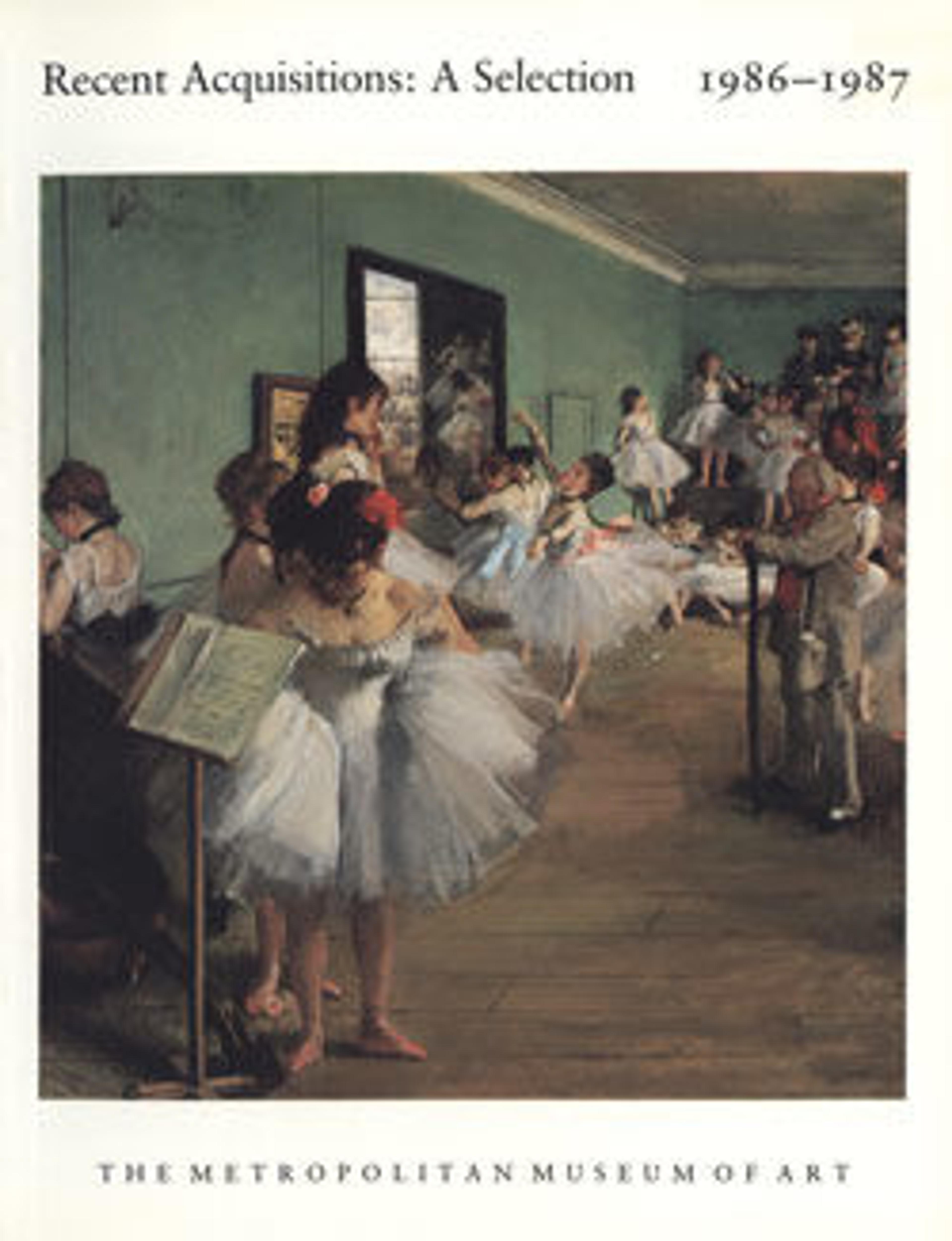Òsanyìn puppet
Òsanyìn is the òrìṣà (deity) that commands knowledge of the forest’s secrets and its divinely empowered ewé (herbal medicines). Described in some traditions as missing an eye, a leg, and an arm, he is said to derive his healing powers from his direct experiences of suffering. Unlike the mighty thunder god Ṣàngó, who is channeled through possession of one of his priests, Òsanyìn manifests through a small effigy or marionette, operated by a herbalist representing the god and serving as a ventriloquist. Often undertaken in collaboration with a babaláwo (Ifá priest), such therapeutic consultations merge healing and public performance. This figure’s densely patterned surface of multicolored beads evokes the many varieties of leaves used in the preparation of sacred medicines.
Artwork Details
- Title: Òsanyìn puppet
- Artist: Yoruba bead artist
- Date: 19th–20th century
- Geography: Southwest Nigeria
- Culture: Yoruba peoples
- Medium: Wood, glass beads, cloth, leather, fur, metal, pigment
- Dimensions: H. 12 x W. 9 3/8 x D. 10 3/4 in. (30.5 x 23.8 x 27.3 cm)
- Classification: Beads-Sculpture
- Credit Line: Gift of Ernst Anspach, 1986
- Object Number: 1986.471
- Curatorial Department: The Michael C. Rockefeller Wing
More Artwork
Research Resources
The Met provides unparalleled resources for research and welcomes an international community of students and scholars. The Met's Open Access API is where creators and researchers can connect to the The Met collection. Open Access data and public domain images are available for unrestricted commercial and noncommercial use without permission or fee.
To request images under copyright and other restrictions, please use this Image Request form.
Feedback
We continue to research and examine historical and cultural context for objects in The Met collection. If you have comments or questions about this object record, please contact us using the form below. The Museum looks forward to receiving your comments.
